I can trace my love of the wonkomance back a long way.
Sometimes I think it started when I read Jane Eyre in seventh grade. Or maybe it all began even earlier, with a genuine romance novel I sneaked off my mom’s nightstand that I recall featuring a knife placed under a bed to cut the pain of childbirth, accidental sex in the forest (and it was truly accidental–I cannot tell you how much confusion this scene caused 10-year-old me about matters of anatomy), and a moon-shaped birthmark on the heroine’s breast.
But although that particular book left me disturbed, confused, and intrigued, I can blame my continuing love of wonkomance squarely on the writing of two YA books. I’ll be talking about them both in my Foundations of Wonk posts.
On Fortune’s Wheel by Cynthia Voigt is set in an imaginary world called only The Kingdom. Birle, the Innkeeper’s daughter in her small village, is dreading her upcoming wedding to one of the hunters she met at the annual fair. One night, she discovers a thief trying to steal one of the inn’s fishing boats, and rashly jumps in the water to try and save it. The “thief” is actually a Lord of the Kingdom who has chosen to escape his destined role as heir, and Birle almost immediately falls in love with him.
Birle and Orien end up shipwrecked on a desolate island and nearly die, are rescued, then sold as slaves by pirates in the dangerous City to the south. Birle is relatively lucky to be bought by a scholar who uses her to assist his herbal work, but Orien is sold to the mines, which everyone knows is a death sentence.
Like many old-school romance novels, this book is a coming-of-age story for Birle as much as it is a romance. But unlike many old-school romance novels, the power dynamic between Birle and Orien shifts, changes, grows equal as the book progresses.
Birle loves Orien from the start. She is younger than he is, though not by many years, and as a peasant villager, has far less power. But during their time in slavery, Birle grows, learns, becomes invaluable to the scholar she assists. She finds her identity and her footing, while Orien is broken, both physically and emotionally. In the end, she is the one who rescues him.
When Orien and Birle have escaped the City and are in the forest, hiding while Orien rebuilds his strength for the journey home, Orien finally falls in love with Birle in return. When he proposes marriage, she argues about the difference in their social classes. “We are not equal,” she tells him.
“We were not,” he answers. “You gave me your heart, and I gave you nothing in return. Now I give you mine.”
I do not wish to spoil the book for anyone who hasn’t read it, but Birle is self-aware enough, in the end, to make a choice that she knows is best for herself, and it is up to Orien to decide if he is willing to be brave enough to join her.
I loved this book as a child, and I love it still as an adult, for a number of reasons. Birle’s growth is so emotionally honest and real; Orien’s damage and recovery is as well. And, though the references are oblique, the reality of sexual desire and the dangers inherent in being a young woman are both portrayed more openly than they were in most young adult literature of the time. Birle desires Orien. When they do decide to act on that desire, it is entirely as equals– no coercion, no ignorant young maid with an experienced rake.
And yet, this is a romance. Love endures. Love is determined. Birle’s love saves Orien; Orien’s love makes Birle stronger.
I can only think of one other book that gave me so much hope for my own romantic future, and that’s the one I’ll write about next time.
What books shaped your romantic hopes and dreams? Which ones taught you to love romance? And what did they teach you about love and desire?




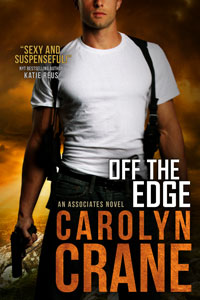
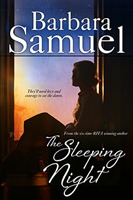
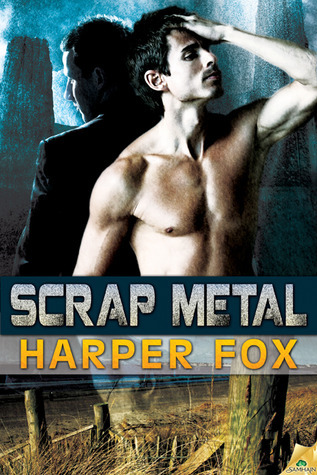
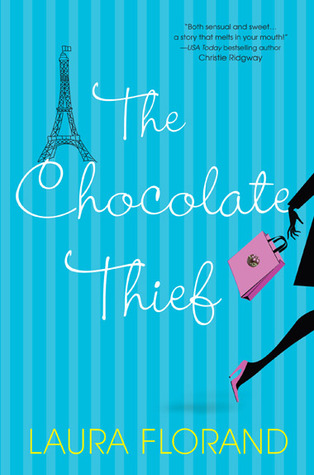
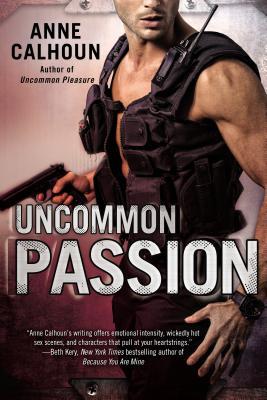
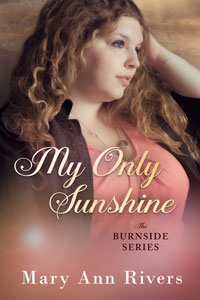
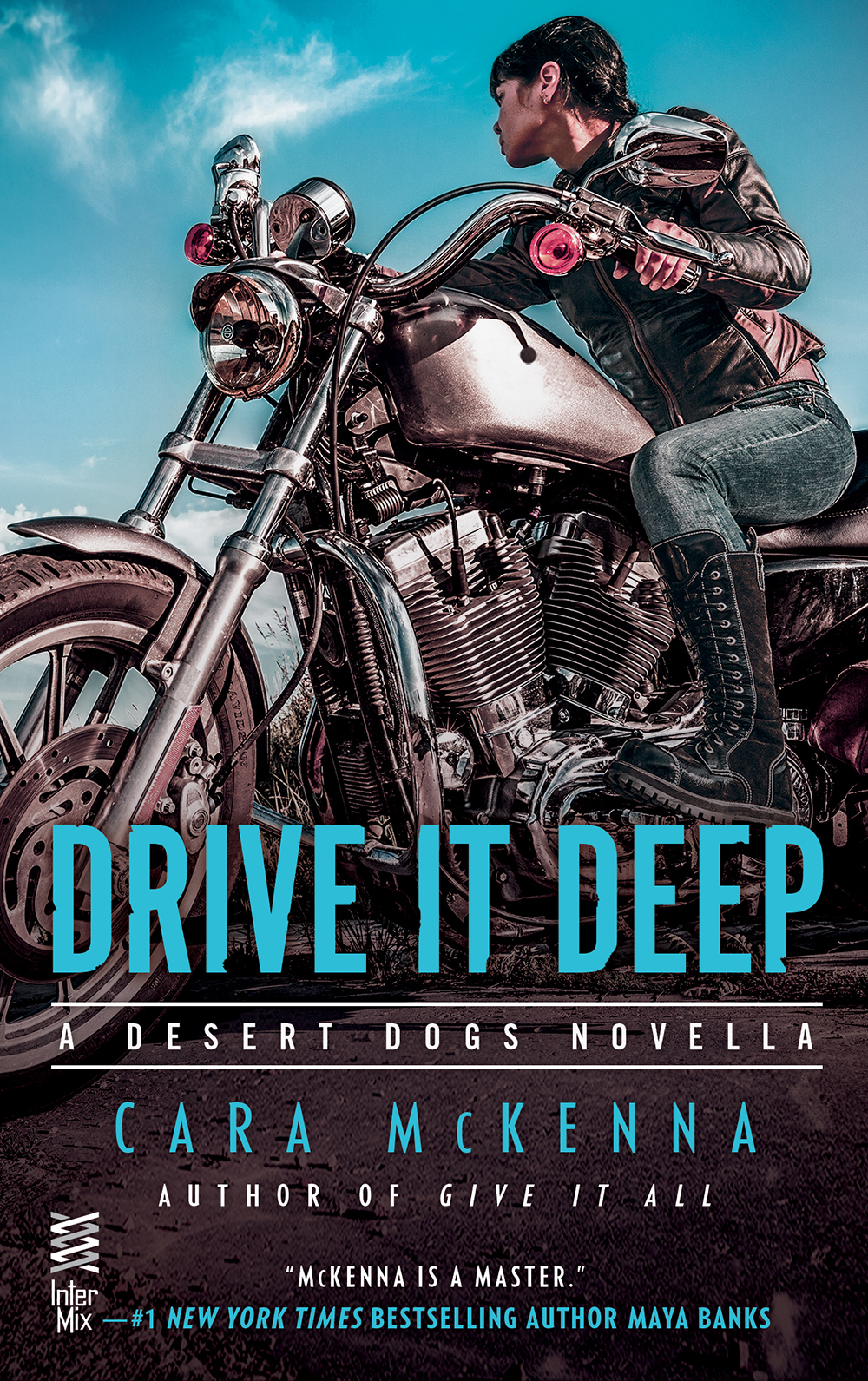
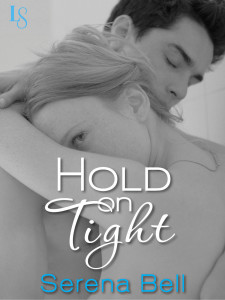
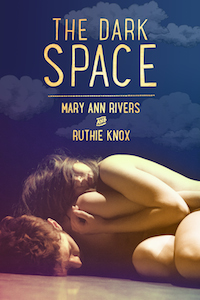
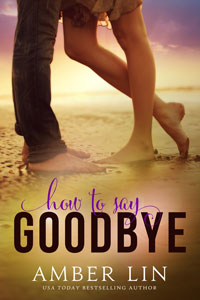
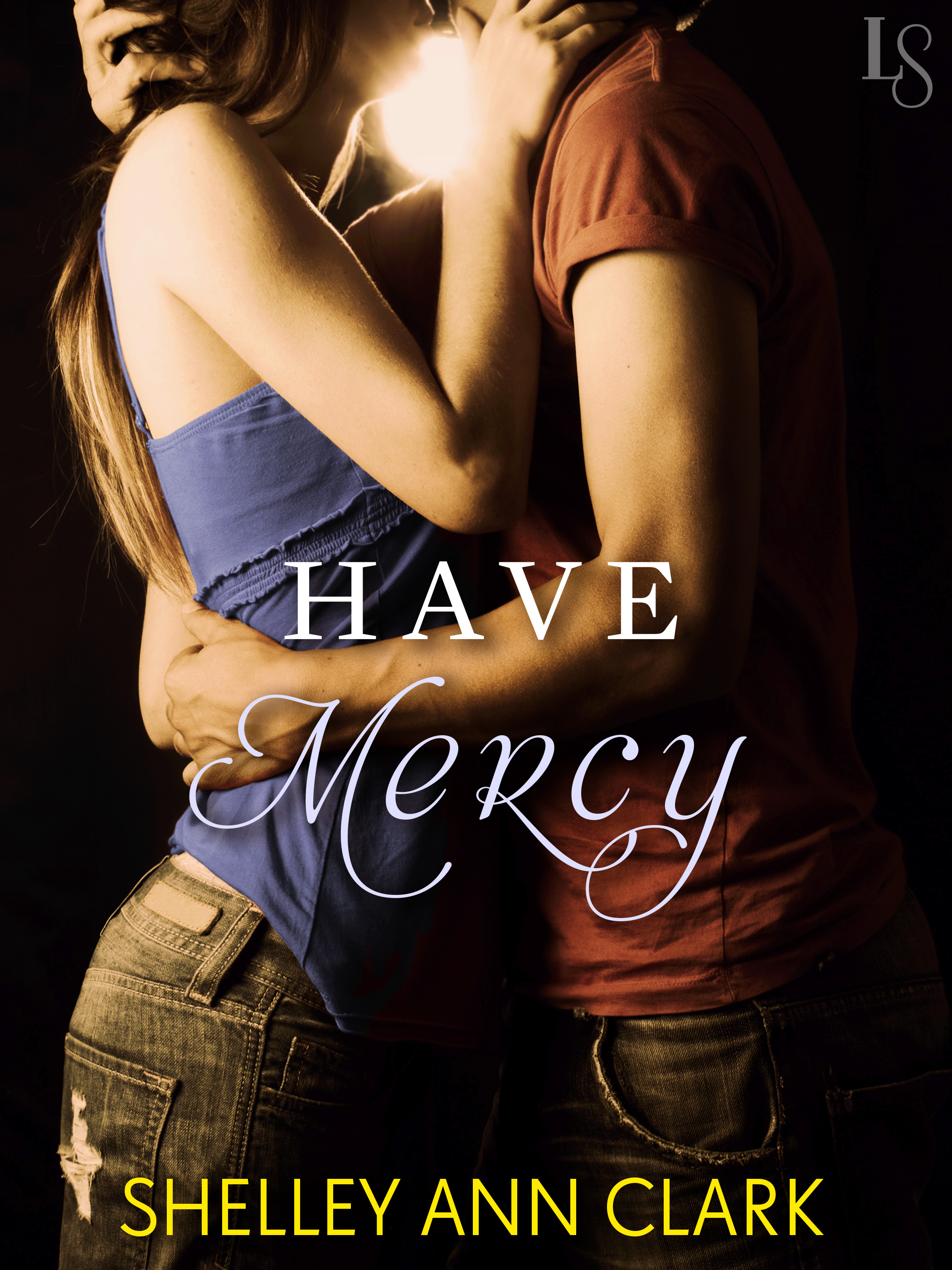
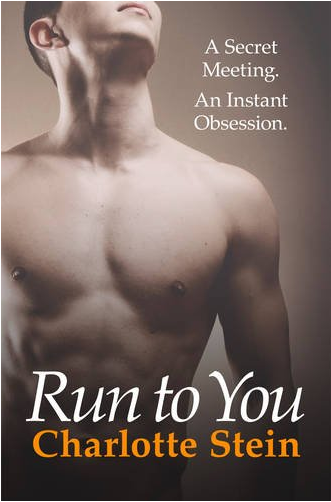
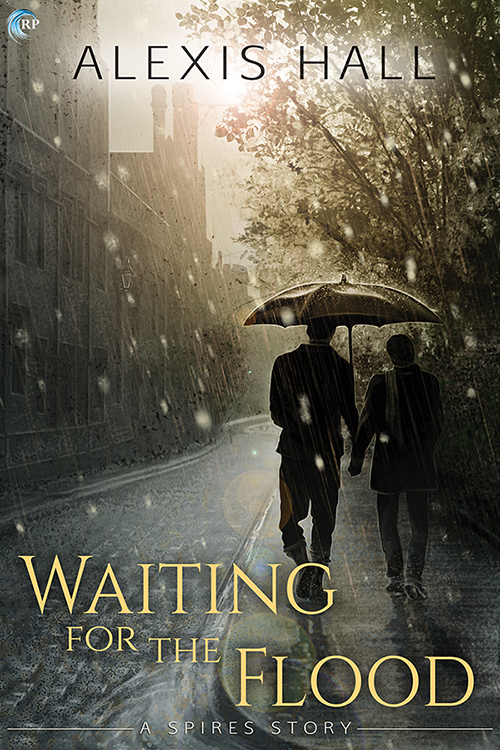
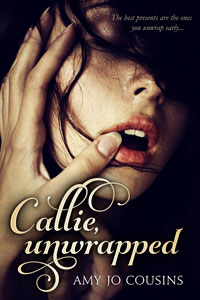
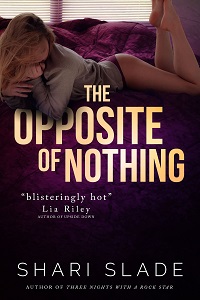
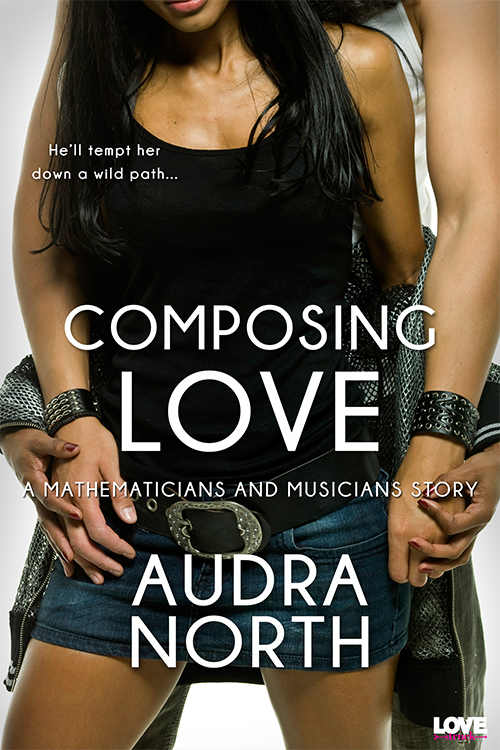
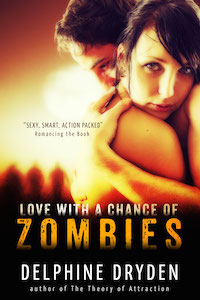
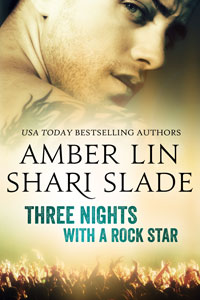
I read one of those romances really early in life that confused me. It had pirate capture, hand ties and rape for your own good. I’m surprised I kept reading books after that. It was ‘A Pirate’s Love’ by Johanna Lindsey. In some ways I was angry that the adults in my life let me read this. But then, I was pretty stubborn.
One of the things I love best about On Fortune’s Wheel is that it was written for kids (or teens, as a YA book), not for adults, but it still had emotional truth and resonance, and dealt realistically and openly with desire and sex. It respected kids’ intelligence and maturity. The main character starts the book at 14 and ends it at 16, as a mother, and very much in charge of her own destiny, and the book seems to say that if she can do it, we can be respected to read about it.
Most of the early romance novels that I read and remember vividly are troubling to me now. The Ice Maiden by Sally Wentworth, Windflower by Laura London, Secret Fire by Johanna Lindsey. All books that I still love with a passion but probably couldn’t reread now without having serious issues with the sexual and power dynamics between the couples. Plus some really serious non- or dubious-consent issues. But they were books that grabbed me and didn’t let me go and I can retell those stories in my mind with exquisite detail. They were romance novels that, for a long time, defined romance for me.
Luckily, my other passion was for survival/adventure/coming of age stories and I think that these books, even the ones where I had to identify with male protagonists, balanced out the 70s/80s romance novel fail issues. My Side of the Mountain, Julie of the Wolves, Island of the Blue Dolphins, Lost in the Barrens, and my favorite survival book of all: Daisy Summerfield’s Style, about a girl who wants to be an artist and so steals another girl’s luggage from the train on their trip to New York City, because she knows that if she could just have the Mexican shawl and huaraches and expensive art books, she could figure out how to be an artist instead of a fashion designer. It’s a beautiful little book that is out of print and I reread it every year. Thirty years later, for me, the romance of finding your true love, even if your love is making art in the tiny seventh floor walk-up room of a women’s hotel in the 70s, is all about this book. :)
This all makes me wonder about gender norms in romance vs. in YA literature, even in YA that is about love/that is also romance. Romance Novels for Feminists did a post about RITA nominees vs. YALSA (Young Adult Library Services Association) award-winners, and found that YA books nominated by librarians for awards generally had less strict gender roles than those nominated by romance writers.
Similarly, I found a load of crazy in my mom’s romance novels written for adults, but a whole ton of beauty in Cynthia Voigt’s YA novel. I wonder if that is because adults who write for kids/teens are cognizant of the messages they send, in general, and want to send positive and empowering messages, while when we write for other adults, we want to tap into desire, even when we know our desires have been shaped by less-than-positive societal forces? Or maybe we think that kids/teens are more willing to be flexible about traditional gender roles than adults are.
I didn’t read much YA as a kid. I think I jumped right from Berenstain Bears to my great grandmother’s Harlequins.
One YA title I do remember reading was Norma Klein’s Family Secrets. Lusty step-siblings. Oh Em Gee. I think I was 10? I keep meaning to find a copy of this book, because I’ve thought about it often over the years and I can’t remember much about it beyond the fact that they were step-sibs and it was FORBIDDEN and there was period sex. I just remember the feels. Which were tingly. And the angst. I’d already read tons of Harlequins by this point so books with S-E-X in them were nothing new, but something about the frankness (and the wrongness?) really worked for me. I’m pretty sure the heroine was the initiator of their first encounter *gasp* and had feminist leanings. It’s all a bit hazy right up to the HFN ending. Could this have been my very first truly wonktastical romance read? Maybe.
Around that same time I started a several years long glom of V.C. Andrews, which is a whole different kettle of not-romance wonkfish.
V.C. Andrews– oh yes, didn’t we all go through a phase with her, around age 12? But I have a theory about that– that we all find sex equally appealing and appalling at that age, which is something that her books capture quite well. Essentially, as odd as it is to say it, V.C. Andrews’ messed up version of sex is in some ways developmentally appropriate for early adolescence.
I love this post and I cannot WAIT for more Foundations of Wonk. I remember Cynthia Voigt very well.
The other “romance” books I read as a pre-to-early teen were all sadly neutered, like a bunch of Ken dolls. Among the things I read were Sweet Valley High even though I knew at they time that the writing was terrible. Later, at (where else?) band camp, we broke out Valley of the Horses, or some other Jean M. Auel. Because sex is somehow less anxiety-making if it’s educational and resembles a diorama at the Natural History Museum.
A propos de nothing, I’m really glad that this imprint is reissuing many of the books I read as a teen: http://igpub.com/category/titles/lizzie-skurnick-books/
I loved this book so much, and now that I think about it, this was one of the few young adult books that I read that had a strong romance angle. I’m not sure whether they didn’t have as much YA romance back then? Now it seems more common. Or maybe it was just a happenstance that I didn’t read them. Oh, and A Time For Drums. That romance made me so crazy. There’s a tutor/student thing plus a tory/rebel thing. And just. Loved it. In that one I’d say the hero was a stronger hero and more of an average girl heroine, so more like a traditional romance. Whereas, as you said, Fortune’s Wheel had a crazy strong heroine and a coming of age storyline.